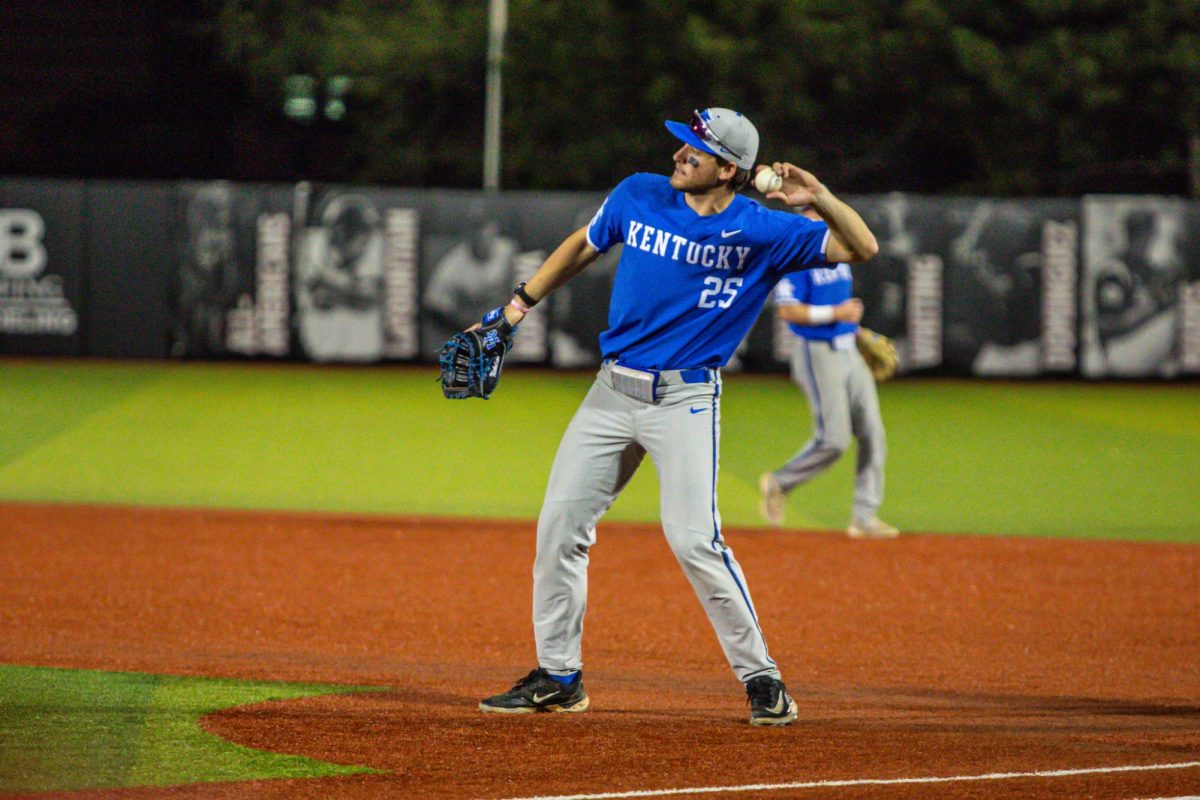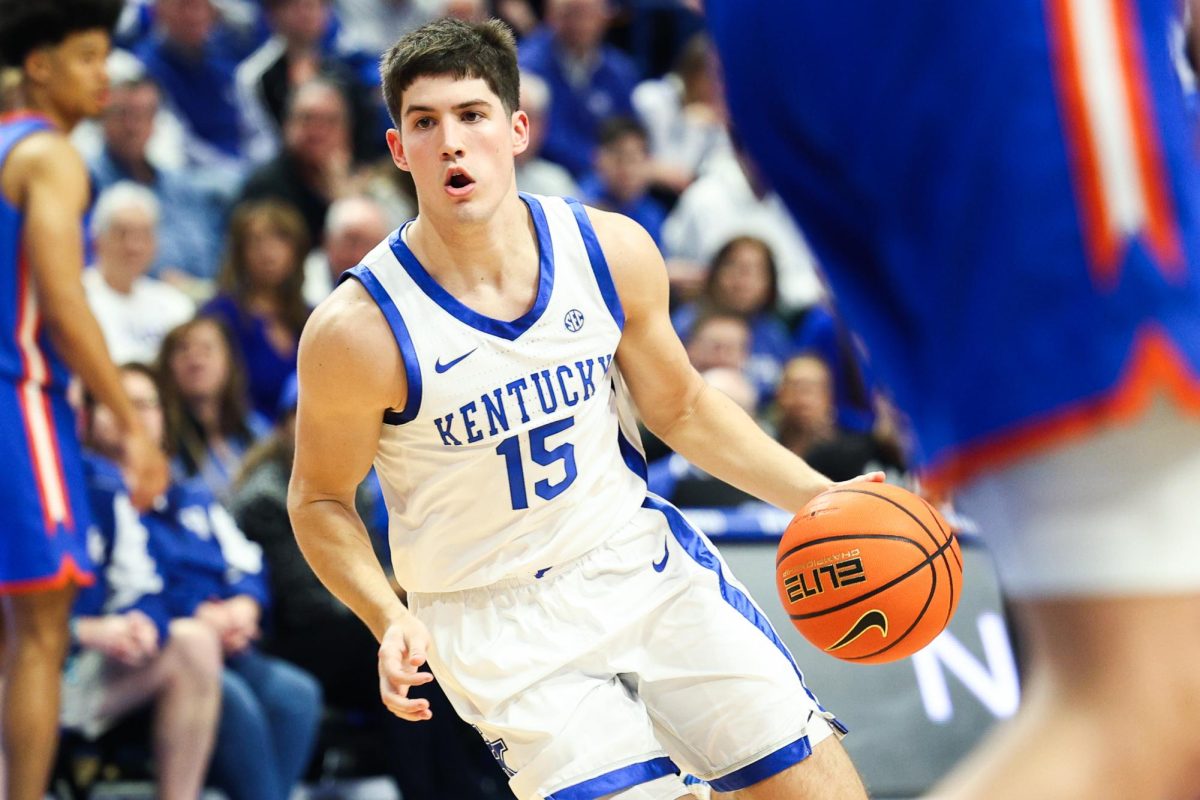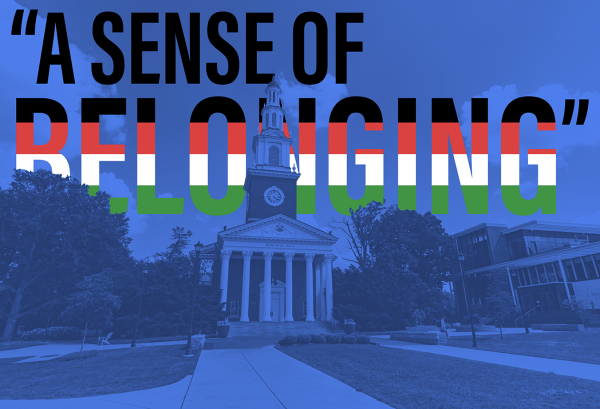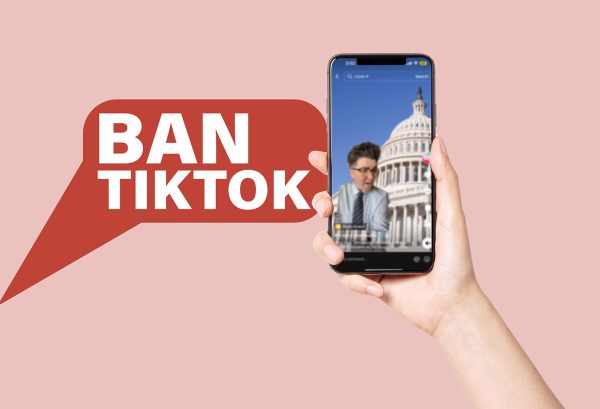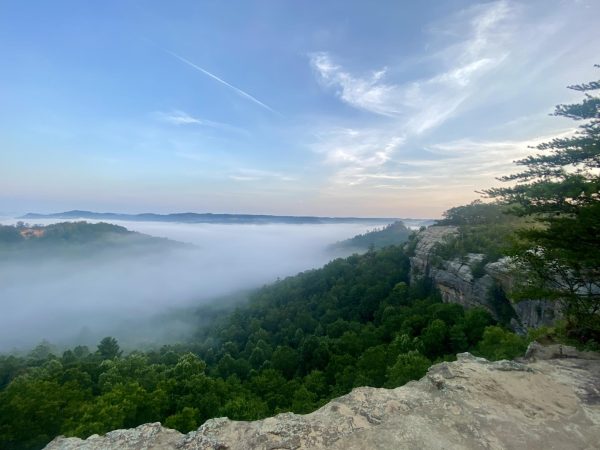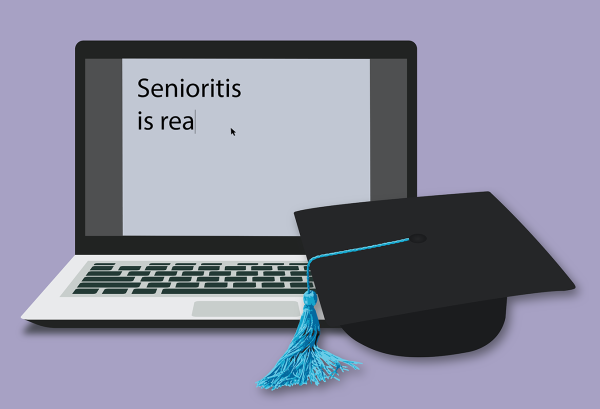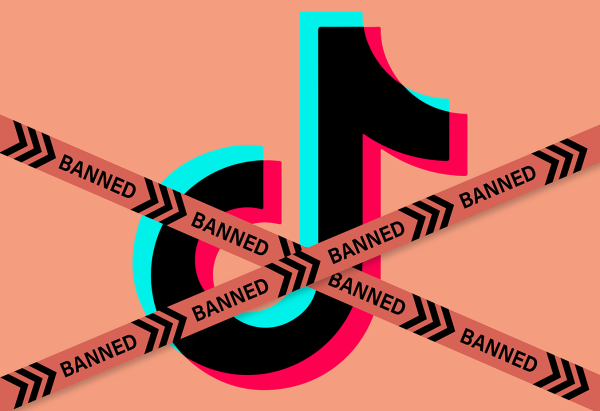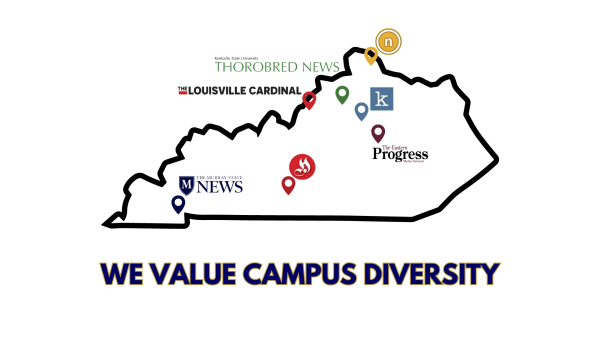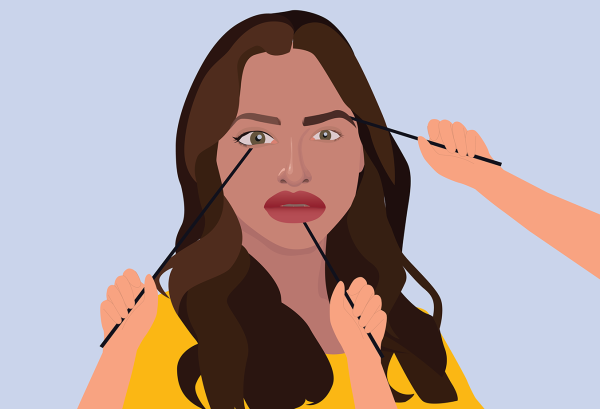Under cover of brightness: New horror movies set in daylight branch out from convention
April 4, 2023
Film has many genres and subgenres. Comedy ranges from slapstick to satire and science fiction travels from dystopias to the supernatural.
But the horror film genre seems to be the most extensive of them all.
Horror movies don’t normally have much meaning. They raise adrenaline and keep you on the edge of your seat. They’re meant to scare.
But recently, they’ve started to break genre norms and symbolize a bit more. One of these first shifts is in the production and style.
Most scary movies are set in the dark. Ghosts and serial killers have historically favored the night in the film world.
I never thought much about it, but after watching “Midsommar” for the first time, I discovered a small sub-genre known as “daylight horror.”
This sub-genre sets horror films during broad daylight or in well-lit interiors rather than favoring night or dark interiors like most tend to do.
Iconic examples would be “The Texas Chainsaw Massacre” and “The Birds.”
A handful of recent horror films utilize this fear tactic very well, like “Nope” and “Smile.”
With brightness and light comes clarity and detail. Movies set in the day increase the detail of violence and disturbing scenes, eliciting more fear from the audience.
“Midsommar,” directed by Ari Aster under the production company A24, is almost entirely set in the daylight.
This is also one of the most disturbing horror films I have seen.
The brightness of the movie is completely contradictory to the plot, highlighting the unsettling themes and wildly gory elements.
It elicits fear from disturbing scenes and shots, and the daylight allows the audience to see those moments in greater detail. If you’re looking for a truly disturbing daylight horror movie recommendation, I would pick “Midsommar.”
If you want something less disturbing but still thrilling and suspenseful, “Bird Box” is a great example of daylight scary movies.
Along with visual differences, the horror genre has been experiencing thematic and deeper changes.
I would argue that horror films have more social commentary now than ever before.
“Nope” had plenty of themes examining humans’ desire for fame and using anything as a spectacle.
“Smile” discussed the impacts of trauma and mental illness. “Hereditary” tackled familial relationships and the generational impacts of mental illness.
I think the reality of these themes can make a film even more terrifying.
My top recommendation for a movie with meaning is “Nope.” Admittedly slightly goofy and bizarre, it has a great commentary on people doing whatever it takes to get their moment of fame.
“Get Out” offers amazing commentary on interracial relationships and “the anxiety of what it is like to be a black in America,” as said by Medium.
I like finding deeper themes in movies, so I am all for this shift in the message behind horror films. I’m also fascinated by the contrast between the style and editing of movies like the increasing use of daylight.
It’s safe to say I’m pretty excited to see what the rest of the year has to offer in the category of horror.











































